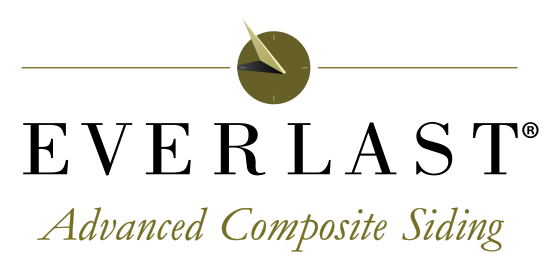There are 5 common classes of siding materials that can be installed on your home:
- Wood
- Vinyl
- Metal
- Composite (with wood)
- Composite (without wood)
Below are explanations for each category of house siding options. For a detailed comparison of siding products, download one here.
Wood Siding
Wood siding (clapboards/lap siding or shingles) is an option that dates back hundreds of years and is most commonly available in cedar but also in spruce, or redwood. People who choose wood siding for their home often do so because of its aesthetic value only. Other than the initial beauty of wood siding there are very few additional benefits. It requires the most maintenance and can be expensive.
Vinyl Siding
Vinyl siding is a common solution that was first introduced on a wide scale in the 1970's. Its usually chosen by homeowners and builders because of it's low initial cost and initial ease of maintenance. On the downside, Vinyl doesn't require painting but tends to weather, loosen, and fade. Seldom do people choose vinyl siding for any aesthetic reasons since it doesn't closely mimic the look of real wood.
Metal Siding
Aluminum siding use dates back to the 1930's but is scarcely used anymore. The cost of aluminum has risen dramatically in the past few decades making it an expensive building material of choice. Vertical steel siding is used in some commercial applications or on super contemporary homes. Clapboard steel siding is used in isolated sections of the United states.
Composite Wood Siding
A composite siding is any siding made from a combination of materials. A composite wood siding is made from a combination of wood and other materials such as cement, glue, sand, etc. Fiber cement is the largest class of composite wood siding and is made from cement, wood fibers, sand and water. Fiber cement is generally chosen for it's realistic appearance and general durability. Fiber cement is painted and needs repainting approximately every 8-15 years.
Non-Wood Composite Siding
Everlast is a non-wood composite siding made from polymeric resin and crushed stone. Everlast is popular for it's aesthetic appearance and low maintenance qualities. Other synthetic siding options exist such as fiberglass. although fiberglass siding is not technically a composite, it's still classified as a non-wood product.
When choosing the right siding for your home, make a list of what's important to you. Factor in such things as, initial cost, lifetime cost, maintenance, appearance, added value, and durability.





